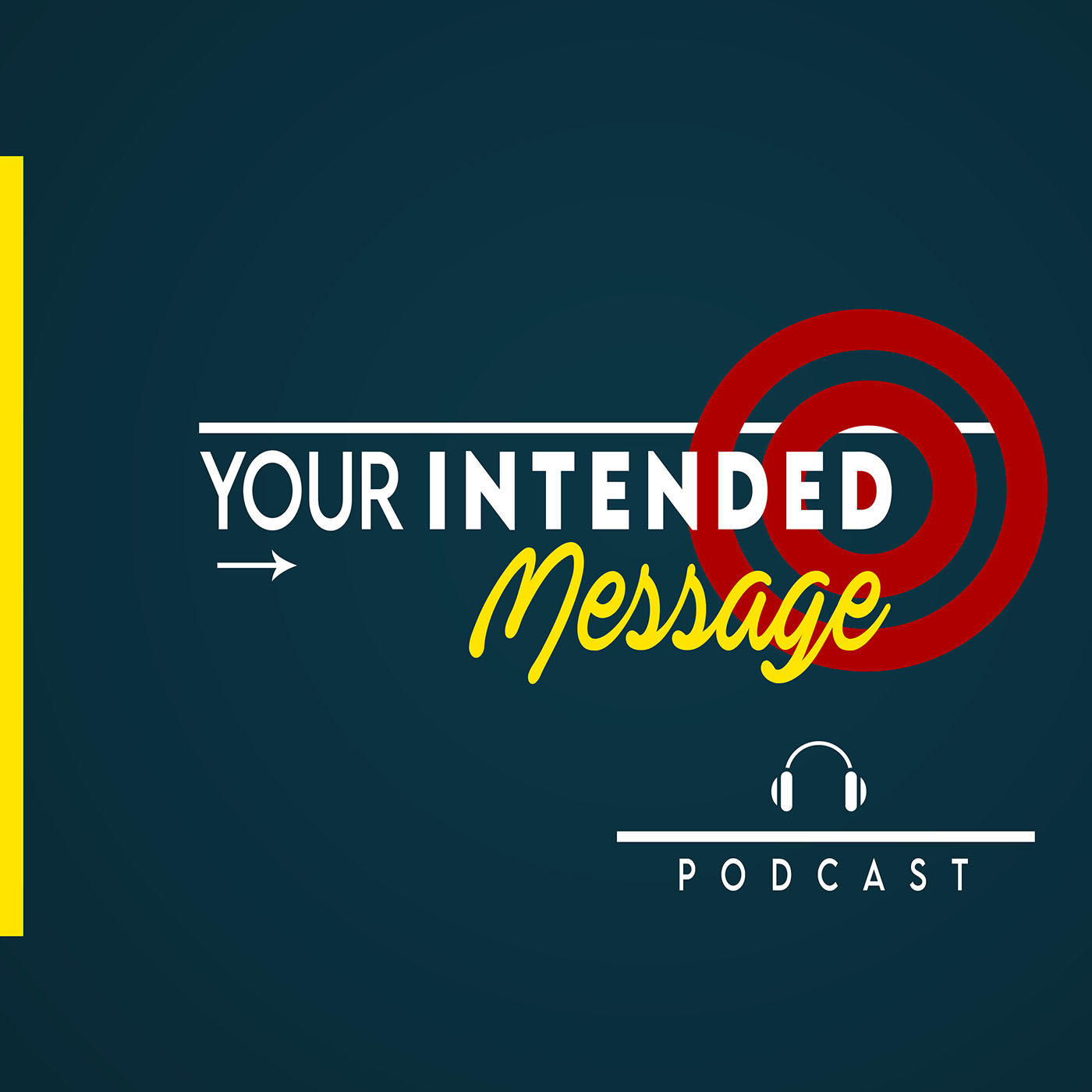
Episode 120 (Janice is based in San Francisco)
In this conversation we explore:
About Janice Litvin
Author of Banish Burnout Toolkit. (Available at Amazon or her website: JaniceLitvin.com/Book (can download a free first chapter)
Keynote speaker and workshop leader who helps leaders and their teams prevent burnout so they can come to work healthy and happy and be productive.
She also helps employees change their reactions to stress from the inside out. And she makes it memorable and fun.
Learn more at www.JaniceLitvin.com
-----
Excerpts from this conversation with Janice Litvin
01:21
Well, I use the World Health Organization's definition of burnout, which is chronic workplace stress that has not been successfully managed. Actually, they call the syndrome caused by chronic workplace stress that has not been successfully managed.
Now, a lot of people confuse the term stress with burnout. A lot of people say Oh, I'm so burned out. True burnout is complete mental, physical and emotional exhaustion to the point where you really have to take an extended leave.
Really, when people say, Oh, I'm so burned out, I think what they really mean is, I'm very stressed out. And I might be approaching burnout. And that's important to note as well.
02:11
And how can one make a determination or distinction? I'm feeling lousy right now? How do I know if I'm stressed, or if I'm burned out?
02:23
It all starts with the brain. When someone says I'm feeling lousy, that's a very broad statement that could mean physical, that can be emotional, can be mental.
And so it all starts with the thoughts. If you're waking up in the morning, and the first thought on your mind is something you have on your to-do list, you might be a little stressed.
And you might want to start thinking about spending a few moments throughout the day, not focused on work, whether that means taking a five minute break outside in the sun, which releases a lot of happiness, chemicals, or calling a friend.
And having a nice chat with a friend just checking in say, How's your day going? You know, I have all this work to do. I'm feeling nervous, and the friend can say, well, and that reminds you of things you already know, take it one step at a time.
Let our emotions run our thoughts, do the most important thing first, all the things we already know sometimes our thoughts, a lot of our brain with fear. And we just need to come back down to earth.
-----
13:54
Well, I want to say this. When someone is struggling, a lot of people are afraid of being labelled mentally ill. So they're not going to go to their boss and say I'm feeling mentally ill today.
They're not gonna go to their bosses, I'm struggling because they don't want to be labelled as that person can't do the job. Everybody wants to come across as being adept at their work and successful at their work. And yet, it's important to it really goes back to what I said earlier, which is people knowing each other and having a good team cohesion.
That might mean a team off-site once a month where you go do a charity project like a cleanup day, or, or go feed the hungry or go read to some children something or go on a Heart Walk or whatever it is or left the team, vote on a charity and they want to raise, do their own little fun. charity drive for who walks the most number of minutes or the most number of steps or whatever you want to do.
Does everybody chip in, so much money for however many steps they took, and donate that money to a cause that the team votes on whether it's a heart association or, or a school or whatever, and build, begin to take these baby steps toward building a really strong unit team.
-----
----more----
Your Intended Message is the podcast about how you can boost your career and business success by improving your communication skills. We’ll examine the aspects of how we communicate one-to-one, one to few and one to many – plus that important conversation, one to self.
In these interviews we will explore presentation skills, public speaking, conversation, persuasion, negotiation, sales conversations, marketing, team meetings, social media, branding, self talk and more.
Your host is George Torok
George is a specialist in executive communication skills. That includes conversation and presentation. He’s fascinated by way we communicate and influence behaviors. He delivers training and coaching programs to help leaders and promising professionals deliver the intended message for greater success.
Connect with George
www.SpeechCoachforExecutives.com
https://www.linkedin.com/in/georgetorokpresentations/
https://www.youtube.com/user/presentationskills
https://www.instagram.com/georgetorok/
For weekly tips to improve your presentations visit

 Storytelling for Business Leaders: Graham Brown
The Three-Box Storytelling Framework
The Hidden Psychology Behind Stories that C
Storytelling for Business Leaders: Graham Brown
The Three-Box Storytelling Framework
The Hidden Psychology Behind Stories that C
 Servant Leadership in Business: Jim Hardwick
When You Serve First, Business Follows
How a Servant’s Heart Builds Trust, Teams
Servant Leadership in Business: Jim Hardwick
When You Serve First, Business Follows
How a Servant’s Heart Builds Trust, Teams
 12 Communication Lessons from David Copperfield
How David Copperfield Creates Belief
What a Master Illustionist Taught Me about
12 Communication Lessons from David Copperfield
How David Copperfield Creates Belief
What a Master Illustionist Taught Me about
 Listening vs Hearing, The Leadership Advantage: Julian Treasure
The Missing Leadership Skill: How to listen for Real Results
Listening for Opppo
Listening vs Hearing, The Leadership Advantage: Julian Treasure
The Missing Leadership Skill: How to listen for Real Results
Listening for Opppo